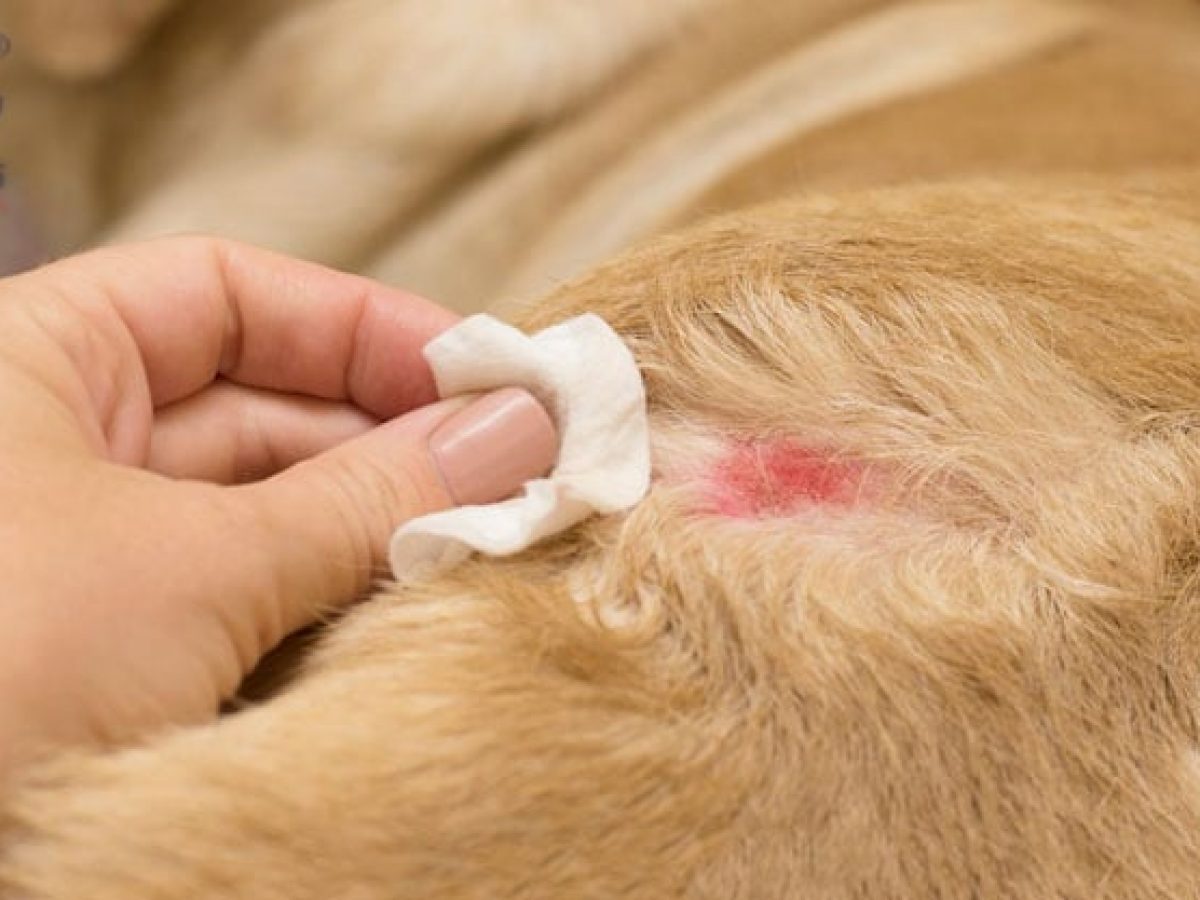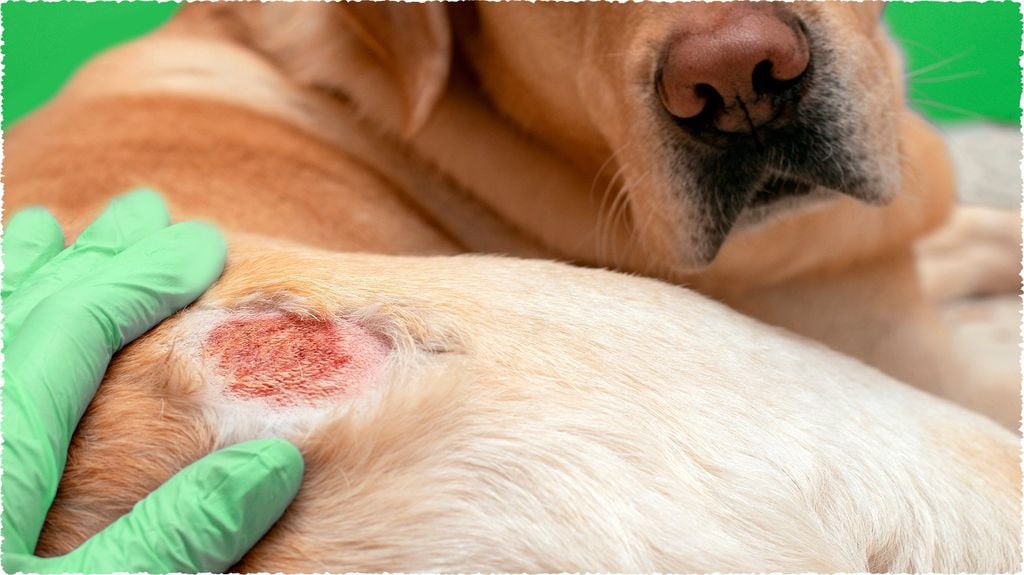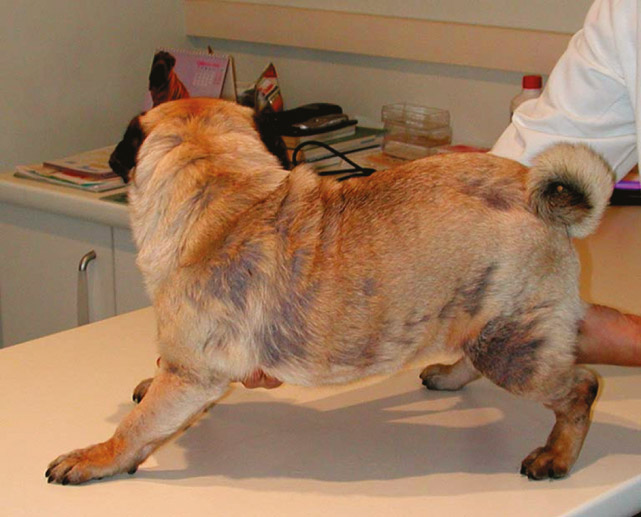What to Do When Your Dog Has Dermatitis
Dogs are beloved members of our families, and ensuring their health and happiness is a top priority. One common health concern that dog owners encounter is dermatitis, or skin inflammation. This condition can cause discomfort, itching, and other unpleasant symptoms for your furry friend. Understanding how to manage and treat dermatitis is essential for their well-being. In this guide, we’ll explore what dermatitis is, its causes, symptoms, and effective steps to take when your dog is affected.
What Is Dermatitis?
Dermatitis is a broad term that refers to inflammation of the skin. It can manifest in various ways, such as redness, itching, swelling, or skin lesions. While the condition itself is not life-threatening, if left untreated, it can lead to secondary infections and prolonged discomfort for your dog.
Causes of Dermatitis in Dogs
There are several factors that can trigger dermatitis in dogs. Identifying the root cause is the first step toward effective treatment:
- Allergies
- Environmental Allergens: Pollen, dust mites, and mold.
- Food Allergies: Certain proteins or ingredients in dog food.
- Contact Allergies: Irritation caused by shampoos, cleaning products, or plants.
- Parasites
- Fleas, ticks, and mites are common culprits that can cause dermatitis through bites or skin irritation.
- Infections
- Bacterial or fungal infections can lead to skin inflammation.
- Poor Hygiene or Skin Care
- Accumulated dirt or lack of regular grooming can exacerbate skin problems.
- Underlying Health Issues
- Conditions like hormonal imbalances or autoimmune diseases may also lead to dermatitis.
Symptoms to Watch For
Recognizing the symptoms of dermatitis is crucial for timely intervention. Common signs include:
- Persistent itching or scratching.
- Redness or swelling of the skin.
- Hot spots (areas of inflamed, moist skin).
- Flaky or scaly patches.
- Hair loss in affected areas.
- Unpleasant odor from the skin.
- Excessive licking or chewing of paws and other areas.
If your dog exhibits any of these symptoms, it’s time to act promptly.

Steps to Take When Your Dog Has Dermatitis
- Consult a Veterinarian
The first and most important step is to seek professional advice. A veterinarian will be able to diagnose the specific cause of the dermatitis and recommend appropriate treatments. This may include skin tests, allergy screenings, or blood work. - Eliminate Allergens
If allergies are suspected, take steps to minimize exposure:- Use hypoallergenic dog shampoos and detergents.
- Switch to a limited-ingredient diet if food allergies are suspected.
- Clean your home regularly to reduce environmental allergens.
- Treat Parasites
- Administer flea and tick preventatives as prescribed by your vet.
- Regularly check your dog’s coat for signs of parasites.
- Medications
- Topical Treatments: Anti-itch creams or medicated shampoos can soothe the skin.
- Oral Medications: Antihistamines, antibiotics, or antifungals may be necessary for more severe cases.
- Steroids: In extreme cases, corticosteroids may be prescribed to reduce inflammation.
- Improve Hygiene and Grooming
- Bathe your dog with gentle, vet-approved products.
- Brush their coat regularly to remove dirt and debris.
- Keep their living environment clean and dry.
- Prevent Scratching and Licking
- Use an Elizabethan collar (e-collar) to prevent your dog from aggravating the affected areas.
- Distract them with toys or engage them in activities to reduce focus on the itching.
- Maintain a Healthy Diet
A balanced diet can boost your dog’s immune system and promote healthy skin. Consider supplements like omega-3 fatty acids, which have anti-inflammatory properties.
Preventing Future Episodes
- Regular Veterinary Checkups
Routine visits can help catch potential issues early. - Year-Round Parasite Control
Consistently use flea and tick preventatives. - Skin Care Routine
Develop a regular grooming schedule tailored to your dog’s breed and needs. - Monitor Their Environment
Be mindful of potential allergens in your dog’s surroundings. - Stay Informed
Educate yourself about your dog’s breed-specific health concerns.

When to Seek Emergency Help
While dermatitis is often manageable, certain situations require urgent veterinary attention:
- Severe swelling or signs of infection (pus, foul odor).
- Sudden hair loss or skin discoloration.
- Excessive lethargy or loss of appetite.
Conclusion
Dermatitis can be uncomfortable for your dog, but with the right care and attention, it is a treatable condition. By understanding its causes, symptoms, and treatment options, you can ensure your furry friend enjoys a happy, itch-free life. Always consult your veterinarian for the best care plan and remember that a proactive approach to your dog’s health is the key to their long-term well-being.
See more at:
What to Consider When Caring for Newborn Pets
Tips for Raising Pets in an Apartment
Vận Chuyển Hỏa Tốc Đồ Trang Trí Tết Tuyến Sài Gòn – Đà Nẵng
Chuyển phát nhanh tài liệu từ Hà Nội đi Thanh Hoá














